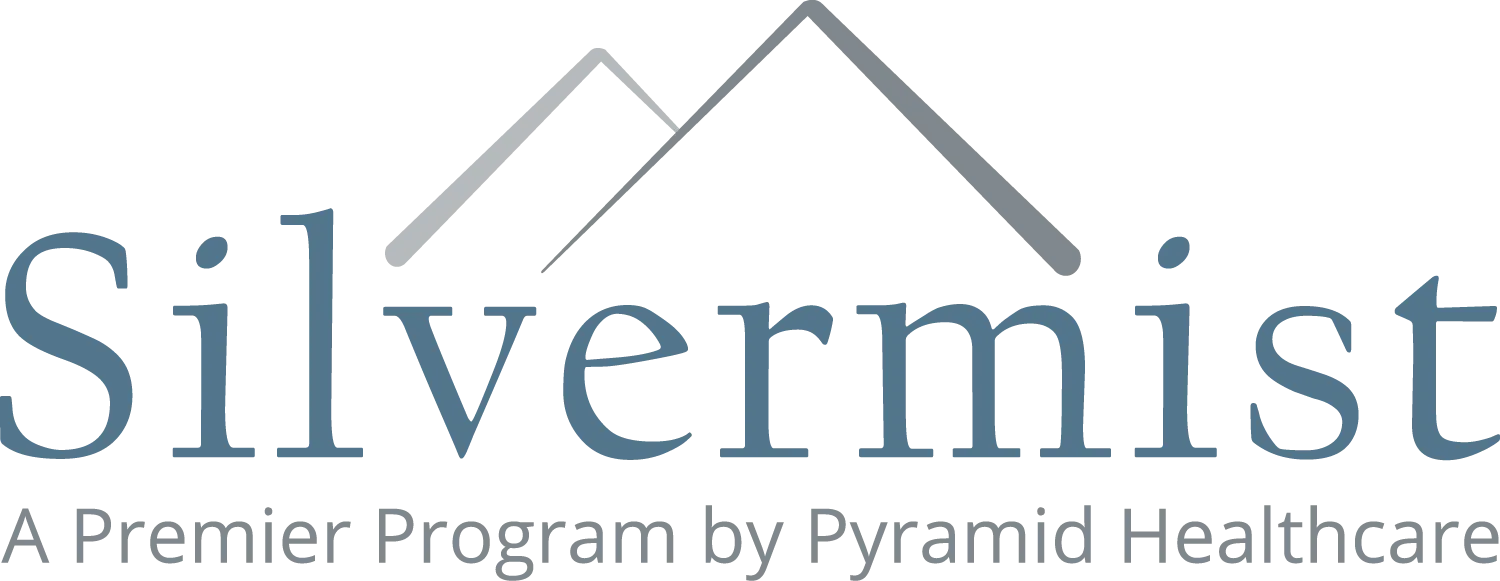When you’re seeking treatment for substance use or mental health disorders, many questions arise: what types of programs are there? What level of treatment do I need? How can I still spend time with my family? And are partial hospitalization programs effective?
These are normal questions to ask when embarking on treatment. If this is your first time looking for care, you may even be feeling alone in the process and lost for where to turn.
Take ease knowing that choosing a program that’s right for you isn’t a shot in the dark or something you decide on your own. When you choose a provider, an assessment will determine the appropriate level of care for your needs, preferences and life situation.
Read on to learn about the levels of care and how partial hospitalization for addiction treatment or mental health can benefit you.
What are the levels of care?
There are five levels of care in the field of addiction treatment. The levels range in regard to the severity of the addiction. The levels are as follows.
- Level 0.5: Early Intervention (least intense)
- Level 1: Outpatient Treatment
- Level 2: Intensive Outpatient (IOP)/Partial Hospitalization Program (PHP)
- Level 3: Residential Inpatient Treatment
- Level 4: Medically Managed Intensive Inpatient Treatment (most intense)
In this article, we’ll focus on partial hospitalization programs. This level can be understood as a hybrid of inpatient and outpatient services. The programming is not residential and guests return home (or another facility) overnight. The treatment, however, is demanding in regard to time and content.
Services fill the majority of the day and focus on skills like identifying triggers, managing physical cravings, establishing healthy thought patterns, processing a past addiction and building lifestyle habits that reinforce sobriety.
Both mental health partial hospitalization programs and partial hospitalization addiction treatment operate with a moderate level of structure. Patients attend treatment services on a workday schedule and have the flexibility for the rest of the day. Patients may return home to be with family or participate in leisure pursuits or other therapeutic modalities at the facility, such as art therapy or cooking classes.
The exact routine varies for each partial hospitalization facility, but the basic structure allows for more flexibility than inpatient treatment and more intensive services than outpatient care.
Moreover, adult partial hospitalization programs will differ from youth programs, not only in content but in structure. Adolescent PHP includes more recreation and may include tutoring or educational programming to accommodate developmental differences.
Are partial hospitalization programs effective?
PHPs have been shown to offer effective treatment for substance use and mental health disorders, and a reasonable alternative to inpatient or outpatient treatment. These programs reduce symptoms of both disorders and also allow for greater social transitions. Not only do individuals benefit from a cohort of peers in treatment, but they are able to maintain relationships outside of treatment, decreasing stress and anxiety.
Moreover, PHPs have been applauded for their cost-reducing benefits and the decreased emotional and financial burden on the families of those in treatment.
What are the benefits of partial hospitalization programs?
There are plenty of advantages to this type of professional treatment. Here are a few.
1. Easier transition between services
An abrupt shift from inpatient to outpatient care could leave individuals feeling vulnerable to triggers in their normal environment. Partial hospitalization addiction treatment assists in the transition, making relapse less likely.
2. Aftercare services
Aftercare services are typically included in a person’s treatment plan during this phase of treatment. Aftercare services include life skills training (like occupational career training) and sober living skills (like regulating diet, sleep and exercise). Psychoeducation in partial hospitalization programs builds essential knowledge and skills for independence and sustained recovery.
3. More affordable
Due to the nature of partial hospitalization, costs are decreased. Without the need to hire overnight staff, provide meals round-the-clock or offer serious medical intervention, these programs are much more affordable for some. When you call to enquire about treatment, be sure to check which insurances are accepted and what options are available if you don’t have insurance.
4. Extends your insurance benefits
While the Affordable Care Act made all forms of addiction treatment more widely available to people in the U.S., insurance companies would prefer to cover a PHP, rather than an inpatient program, simply based on cost. Inpatient treatment usually involves a more expensive 28-day stay. PHP is typically more of a long-term treatment service covering several months. A partial hospitalization program gives you a longer treatment time at less expense.
5. Flexible scheduling
A substance use or mental health partial hospitalization program offers more flexibility for those who have obligations outside of treatment. PHPs allow for more time at home, work or school. This way, patients can prioritize treatment without compromising the things that make their life meaningful.
Finding the Best Level of Care
When you’re unsure what level of care is most appropriate for drug or alcohol addiction treatment, you should consult with professionals to get an accurate assessment of your needs. All factors will be taken into account, including medical conditions, mental health and the severity and types of substance abuse. You’ll then be able to make an informed choice to decide if an adult partial hospitalization program is right for you.
Get in touch with Silvermist Recovery to find meaningful healing.







